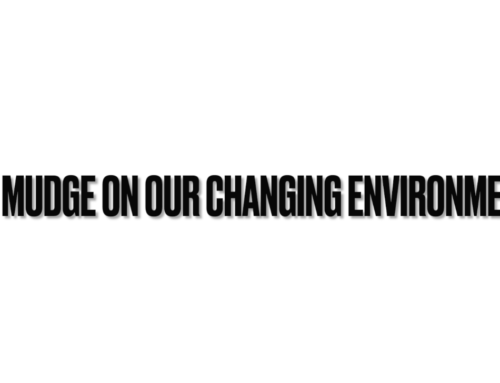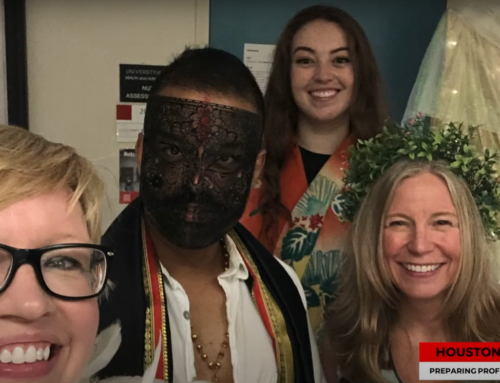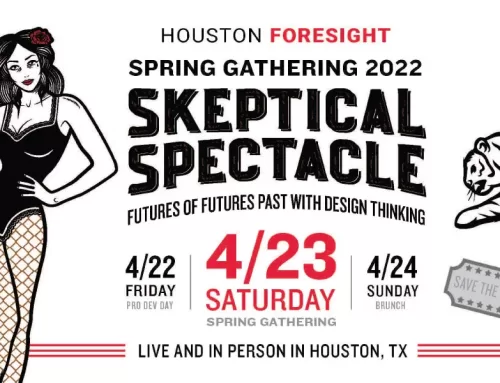I came across an interesting paragraph relating to our future of values topic in a place, well, I wouldn’t have suspected to find it. There was a section called “Human behaviour and its influence in Foresight studies” in a piece by Denis Loveridge and Ozcan Saritas, Reducing the democratic deficit in institutional foresight programmes: A case for critical systems thinking in nanotechnology,” Technological Forecasting & Social Change 76 (2009) 1208–1221. Not a title that would lead you to expect a piece relating to ConsumerShift!
Nonetheless, here is the excerpt of interest: “The role of human behaviour in Foresight studies is usually ignored diminishing the understanding of the outcome. Inclusivity will widen the distribution of styles of behaviour so that the influence of this widened distribution needs some examination. Metaphorical and theoretical descriptions of what are known as behavioural typologies abound in the literature: many are too complex to implement in the scale and breadth envisaged in inclusive Foresight and this paper is not the place to give an extensive discussion them. What is needed is a typology that is easily understood, firmly based empirically and robust enough to meet the needs of inclusive Foresight. Two typologies, Maslow’s and Mitchell’s VALs, which evolved from Maslow will now be described briefly as they form the basis of the ensuing discussion.”
There’s more, but that’s enough for our purposes. Indeed, the book to address the very question. As I noted in the preface, I started on this journey 15 years ago because I felt there wasn’t much beyond Maslow and VALs. (I persuaded my company at the time to become a member of the VALS program). I learned that there were many other approaches that touched on aspects of the system, with Inglehart’s World Values Survey and Beck’s Spiral Dynamics as the two most helpful. I hope that ConsumerShift has built on these, and the others, sufficiently to fill in the gap noted by Loveridge and Saritas. The simple typology of traditional, modern, postmodern, and integral values are values typologies, not behaviors, but as the book argues, understanding values is probably more useful in terms of understanding how people change over time. There are also seven personas in the book, which are structurally similar to the profiles developed for VALs, but they focus just on how the newer values, postmodern and integral, come together.
Indeed, I hope readers of this blog will see the same application of the work. Andy Hines





